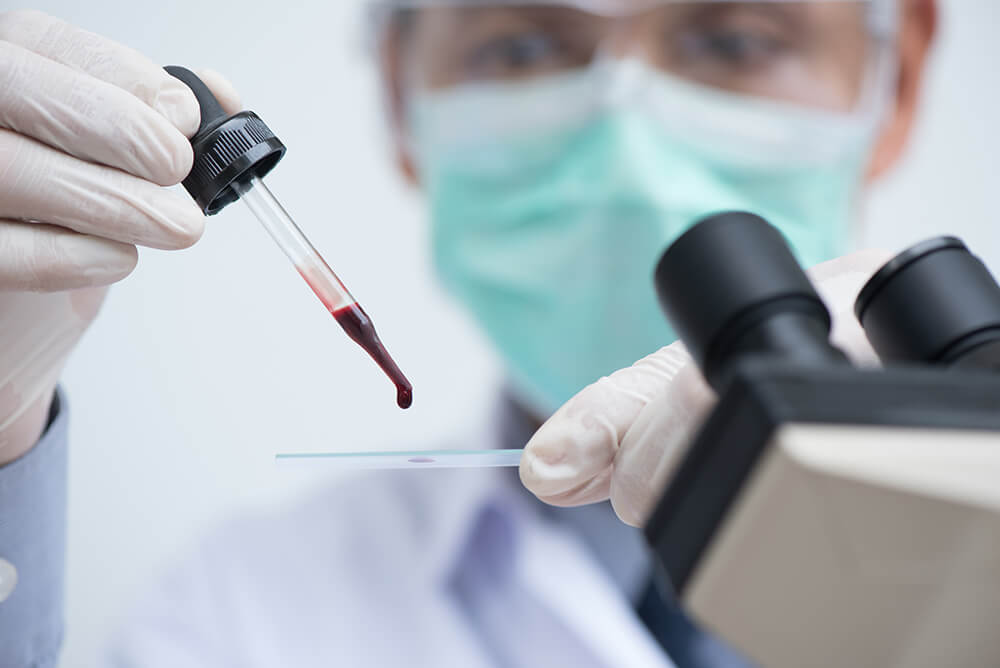WASHINGTON: Exposure to the virus that causes the common cold can provide protection against SARS-COV-2 virus infection behind Covid-19, according to a study.
The research, published on Tuesday in the Journal of Experimental Medicine, found that Rinovirus, the common respiratory virus, begins the activity of the genes stimulated with interferon.
These genes trigger early response molecules into the immune system that can stop reproduction of SARS-COV-2, the virus that causes Covid-19, within airway tissues infected with the cold, the researchers said.
The activation of these defenses early in the course of COVID-19 infection, they are promised to prevent or treat the infection, said the author of the Senior Studio, Ellen Foxman, Assistant Professor of Yale School of Medicine in the United States.
One way to do this, said Ms. Foxman, is treating patients with interferons, a protein of the immune system that is also available as a medication.
“But everything depends on the synchronization,” she said.
The previous work showed that in the later stages of Covid-19, high interferon levels are associated with worst results of the disease, and can combine hyperactive immune responses.
However, recent genetic studies show that the genes stimulated with interferon can also be protective in cases of COVID-19 infection.
The researchers wanted to study this defense system early in the course of Covid-19 infection.
They decided to study if Rhinovirus would have a beneficial impact against the SARS-COV-2 virus.
The team infected the tissue of the human airways of the laboratory with the virus and found that during the first three days, the viral load on the tissue duplicated approximately every six hours.
However, the researchers found that the reproduction of Virus Covid-19 was completely stopped at the tissue that had been exposed to Rhinovirus.
If antiviral defenses were blocked, the SARS-COV-2 could be reproduced in the airway tissue previously exposed to Rhinovirus.
The same defenses decreased infection by SARS-COV-2 even without rhinovirus, but only if the infectious dose was low.
This suggests that the viral load at the time of exposure makes a difference in whether the organism can effectively combat the infection, the researchers pointed out.
The team of researchers also studied samples of nasal swabs of patients diagnosed near the start of the infection.
They found evidence of a rapid growth of SARS-COV-2 in the first days of infection, followed by the activation of the body’s defenses.
According to his findings, the virus generally increased rapidly during the first days of infection, before the host’s defenses are activated, duplicating approximately every six hours as seen in the laboratory.
In some patients, the virus became even faster, the researchers found.
“It seems that there is a viral sweet place at the beginning of Covid-19, during which the virus replicates exponentially before it activates a strong defense response,” said Mrs. Foxman.
She explained that the treatment of interferon has a promise, but it could be complicated, because it would be mostly cash in the days immediately after the infection, when many people do not exhibit symptoms.
In theory, treatment with interferon could be used as preventive in people with high risk that have been in close contact with other diagnosed with COVID-19, she said.
Interferon tests in COVID-19 are underway, and so far show a possible benefit at the beginning of the infection, but not when it occurs later.
These findings can help explain why sometimes the year in which colds are common, infections rates with other viruses, such as influenza, tend to be lower, Ms. Foxman added.

